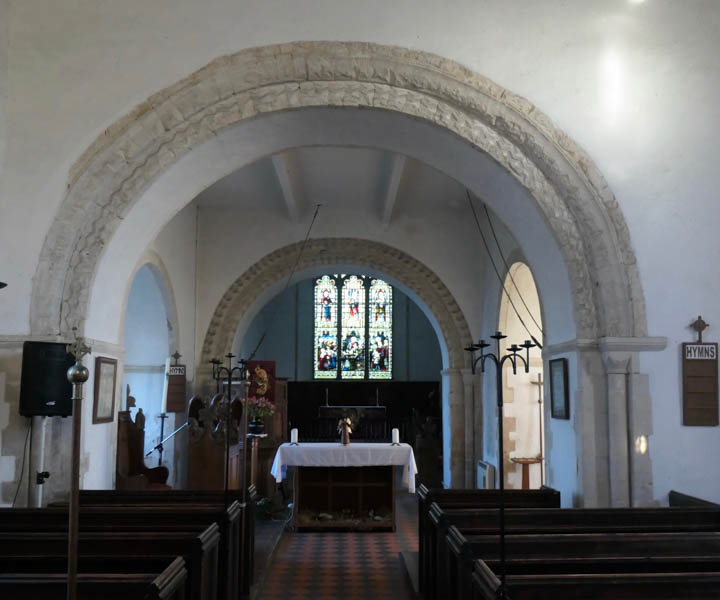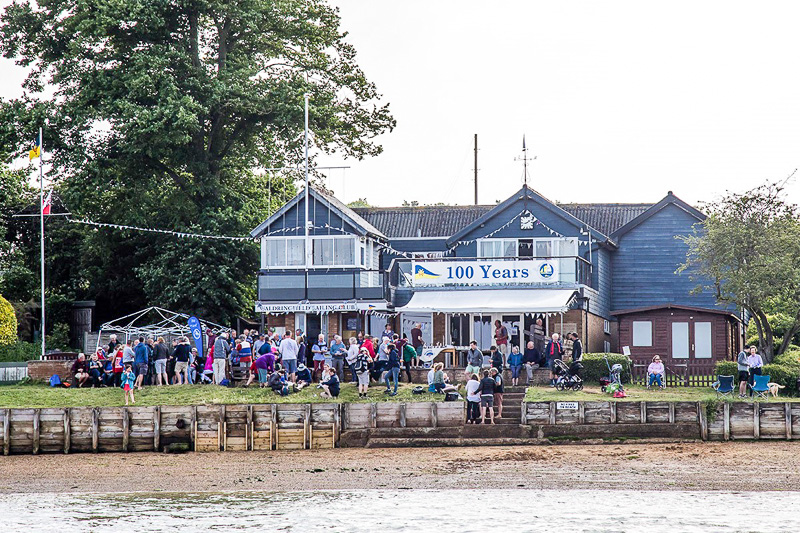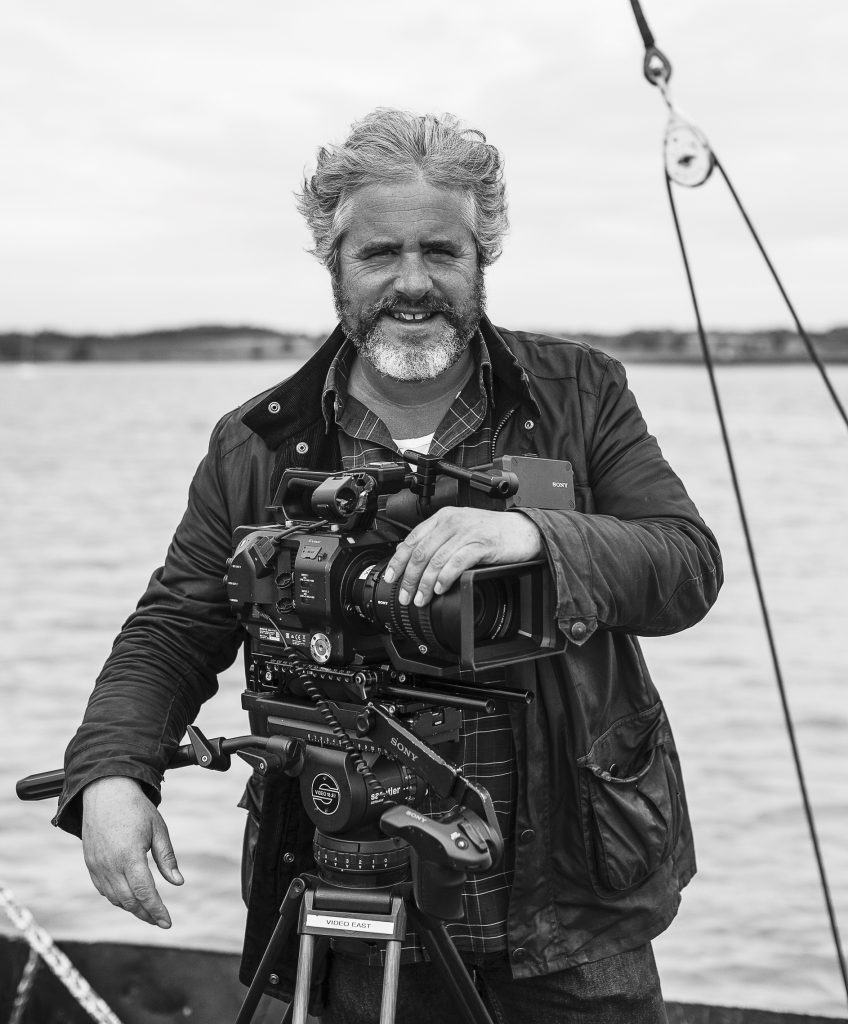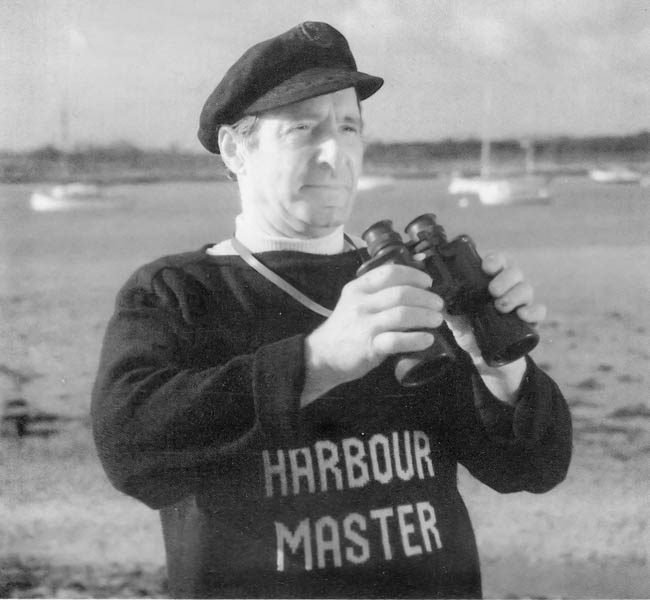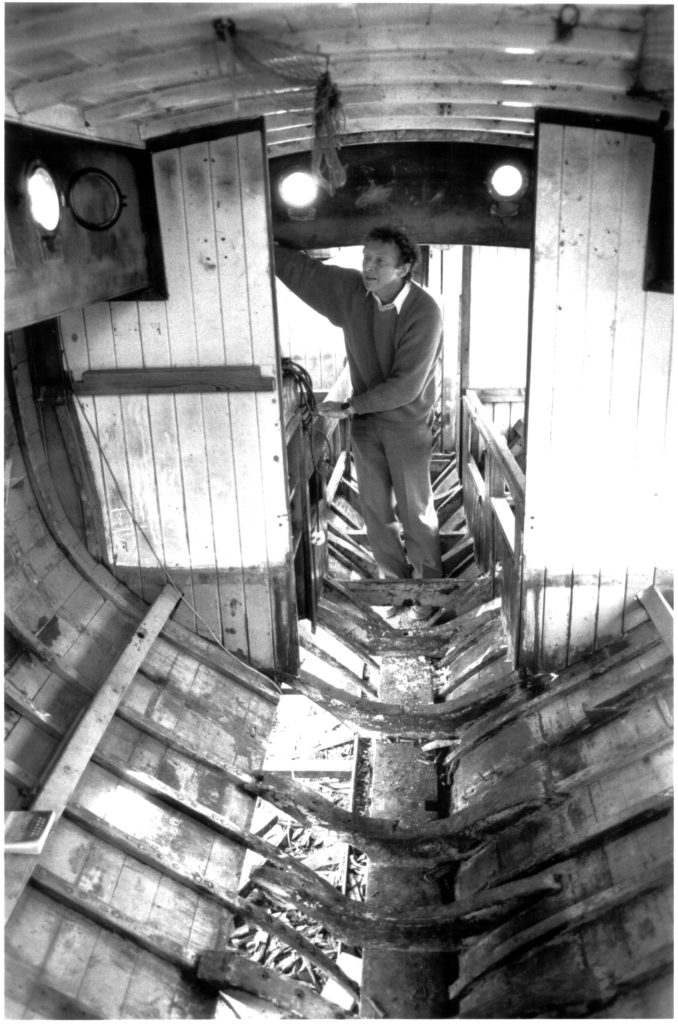By Gareth Thomas
Part 3: From MELTON and from SUTTON to the edge of THE NORTH SEA
*This might be just ten miles of estuary but it is two banks of a wide estuary and includes the ancient maritime town of Woodbridge. Consequently, for the sake of both compilers and readers, Part 3 will be presented in two sections: 3A and 3B
Part 3A: From Sutton to The North Sea
Welcome back to those readers who have survived the first two parts of this three (now four) – part series. As I explained in part one, I had no idea that there would be so many churches in close approximation to the River Deben, either as it is now or as it was, before the building of the river walls. Conversations with others suggest that I have not been alone in my ignorance; ‘forty-odd ! – that surely cannot be’ they say, but forty-odd it will be by the time we have finished – more than one church per sinuous mile of river. Continue reading


